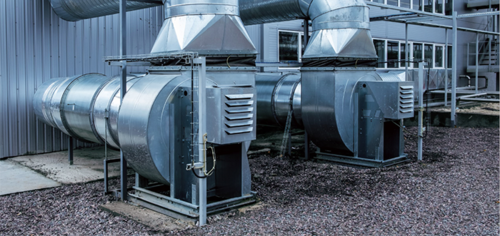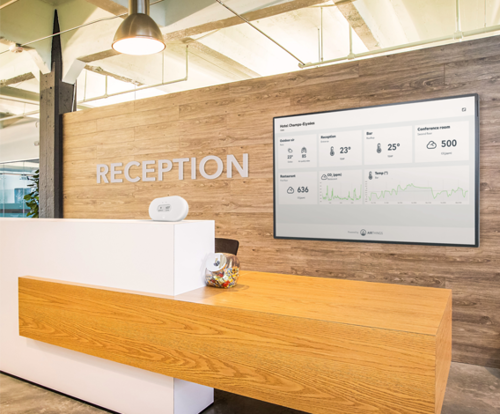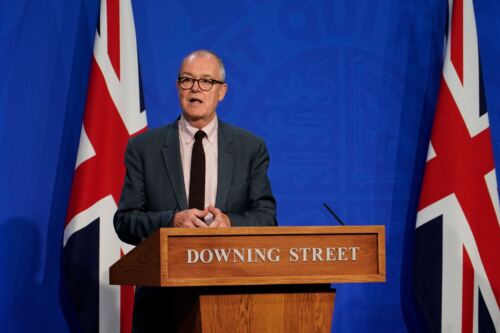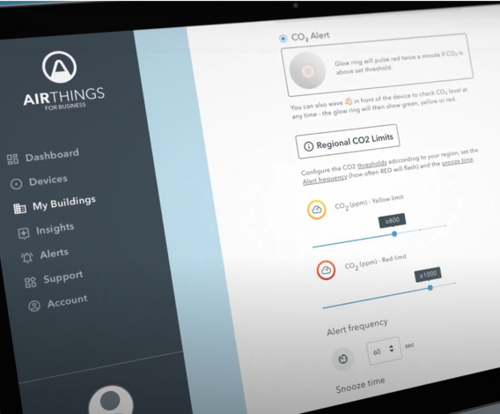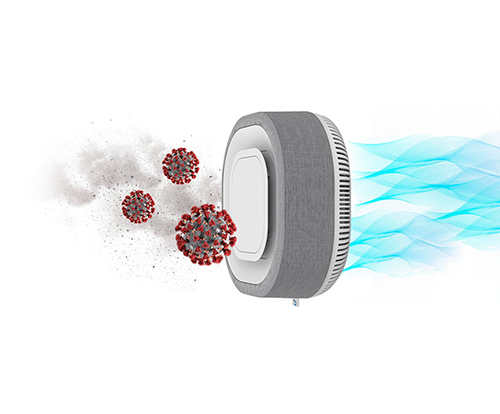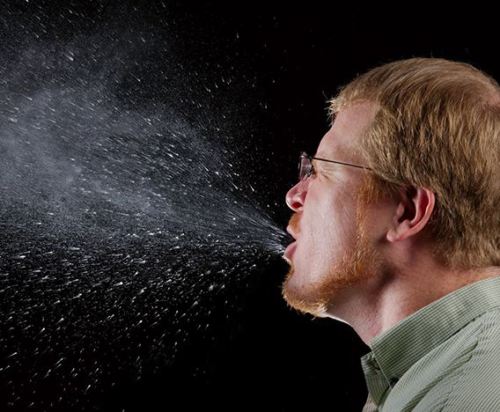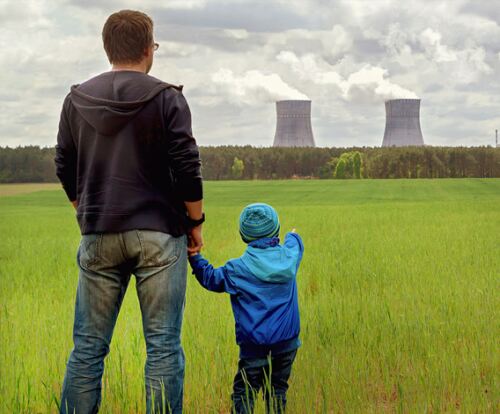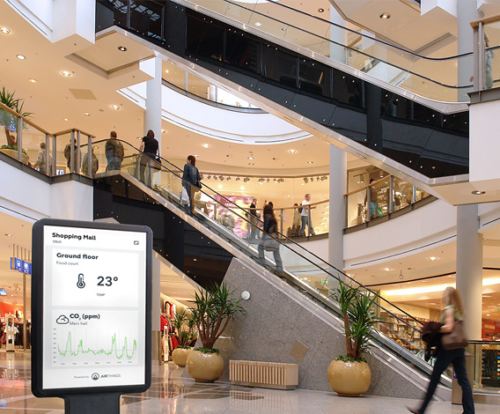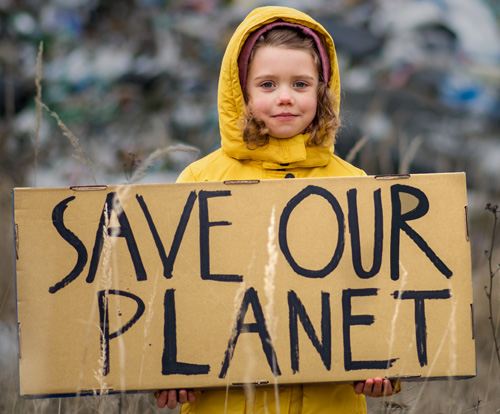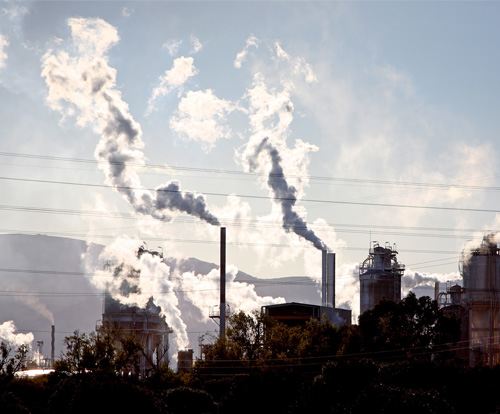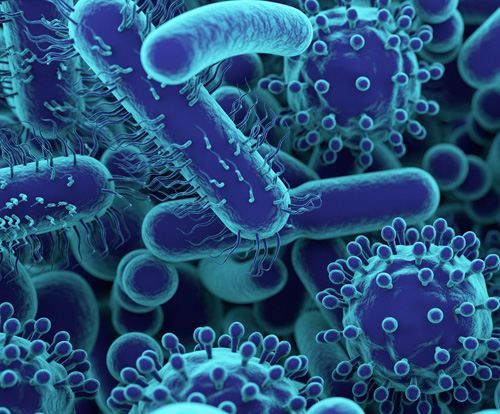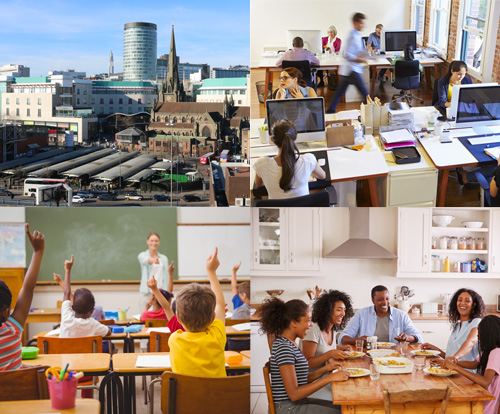
The business risks emerging from the global COVID-19 pandemic
Employee wellbeing litigation
Covid proved that airborne transmission is a key source of virus and bacterial infections like Covid 19, flu, measles, chickenpox and TB. As a result of the pandemic, employees are wiser about indoor air quality, how ventilation is key to reducing virus transmission risks, and so expect buildings to be better ventilated to be able to breathe safe, clean air whilst at work.
Employee wellbeing litigation in relation to poor indoor air quality in workspaces is just around the corner.
Soaring energy costs

The recent Russian invasion of Ukraine has led to soaring energy and food prices, highlighting the UK’s reliance on Russian oil and Ukraine grown grain. Energy prices will already be at the top of the agenda for most UK businesses, especially owners and managers of large commercial or public buildings. Reducing energy will save building owners money and help them improve their EPC rating which has now been enshrined in law.
Tougher and emerging regulations
In addition to coping with rising energy prices, building managers are also expected to achieve strengthened Minimum Energy Efficiency Standards of at least an E and by a B by 2030.
Regulation 6 of the Workplace Health, Safety and Welfare Regulations, states that employers must ensure that every enclosed workplace is ventilated by a sufficient quantity of fresh or purified air.
And indoor air quality regulations to help manage Covid 19 and other future pandemics are just around the corner.
Workforce risks
The Gensler Workplace Survey found five workplace trends which have become driving priorities for the new post-pandemic office:
- Mobility: Workers now expect the ability to work remotely.
- Choice: Employees’ variety of work settings must now include the home.
- Privacy: Many workers expect to maintain the privacy they have become accustomed to whilst working from home.
- Unassigned seating: New employee concerns about desk sharing.
- Health & wellbeing: Employees now expect health and wellness to be a top priority.

As we rethink the future of office space and encourage workers back into the workplace, we must put more focus on creating healthy and comfortable environments, where employees feel safe and experience a comfortable, well ventilated and aesthetically pleasing working environment.
Government policy
Many governments are shifting towards protectionism in order to create more self-sufficient and self-sustaining economies. Partly in response to Covid 19, during which border closures, lockdowns and export restrictions choked extended supply chains. For businesses such policies could hamper access to foreign talent and investment, as well as future merger and acquisition opportunities.
Takeaways
Indoor air quality (IAQ) must be monitored, improved and the IAQ data made public, if businesses are going to entice their employees back into the workplace and become an employer of choice for new talent.
Emerging air quality standards
And they must also be ready for emerging indoor air quality standards so that workers are better protected during future pandemics.
Smart buildings
Buildings must be made smart, by using the latest IoT enabled AI technology, to automate HVAC systems and optimise indoor environments for building occupants, whilst saving energy in unoccupied parts of the building, if they are to reach new building efficiency regulations.
Rapid return on investment
Whether it’s a completely new HVAC installation or making a current mechanical ventilation smart, investment in new technology needs to be made sooner rather than later. In many cases the significant energy savings made by installing such a system, can make a quick return on investment.
Latest Articles
Why indoor spaces have a higher risk of virus transmission
Read More >Enhance HVAC performance, improve energy efficiency and reduce emissions
Read More >High absenteeism and reduced wellbeing
Read More >How does air quality affect your business
Read More >What the experts say
Read More >Risk indicators and monitoring
Read More >Ventilation and filtration
Read More >Transmission & Prevention
Read More >The History of Air Pollution
Read More >Ambient Air Pollution
Read More >Indoor air pollution & the indoor generation
Read More >Climate change and the climate emergency
Read More >What’s in the air we breathe outdoors?
Read More >What’s in the air we breathe indoors?
Read More >Other indoor biological pollutants
Read More >How air pollution affects our lives
Read More >
